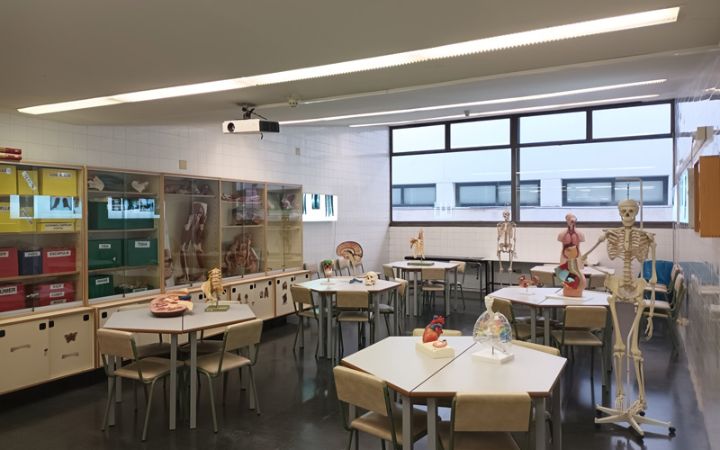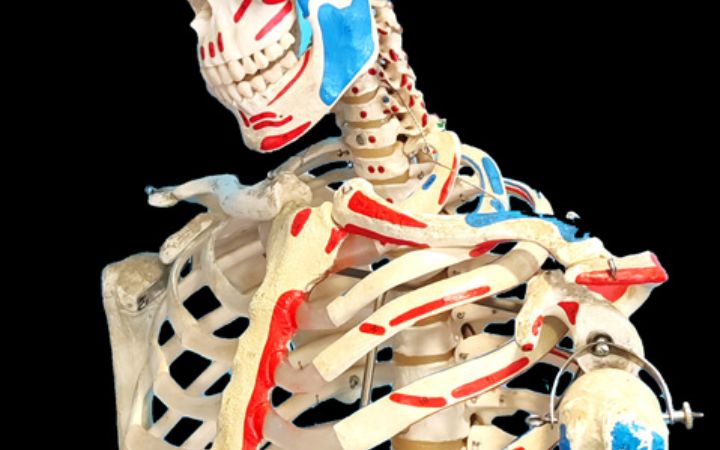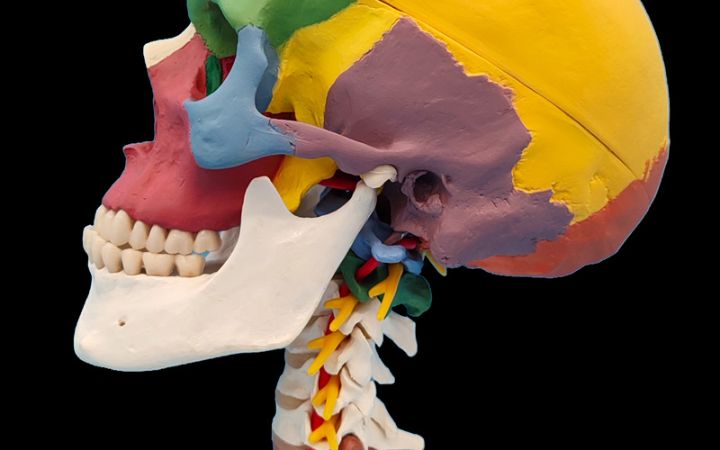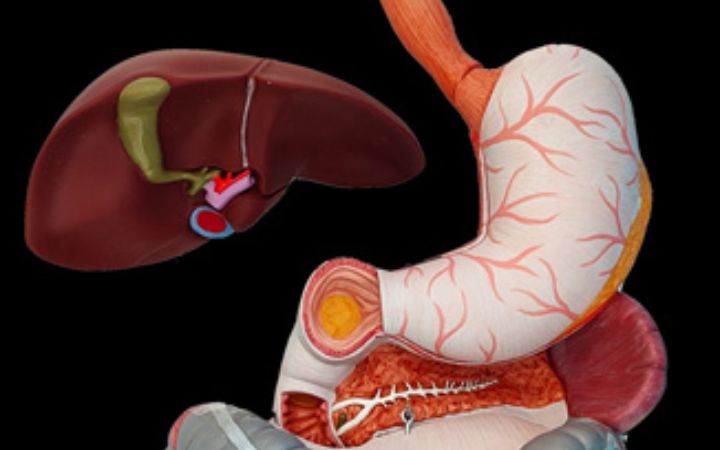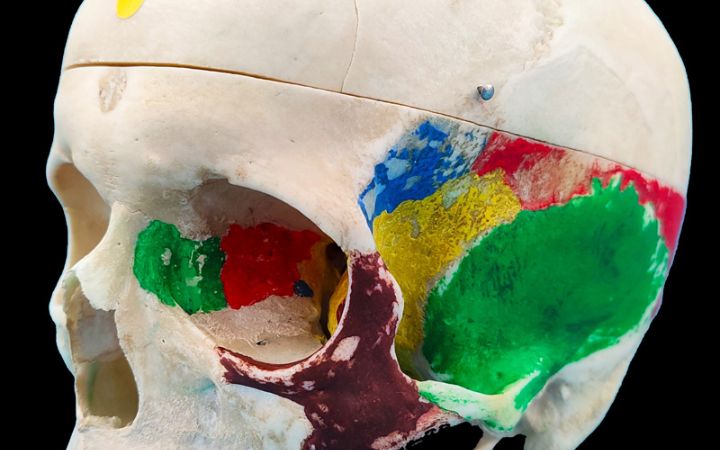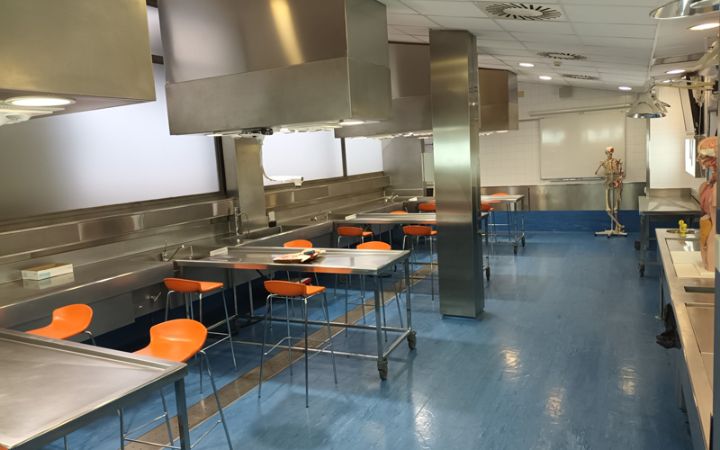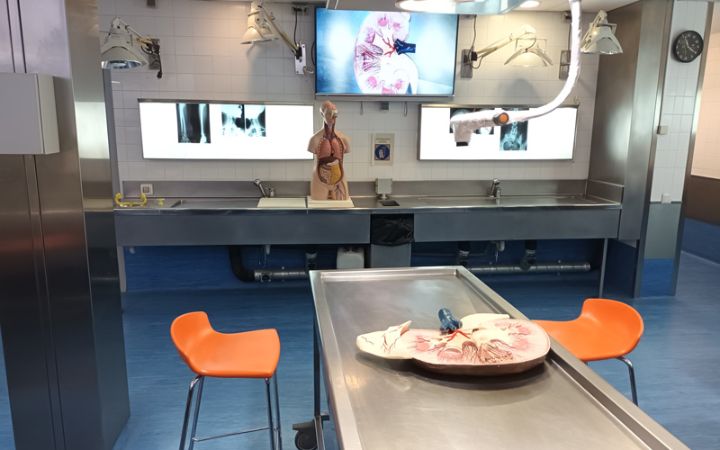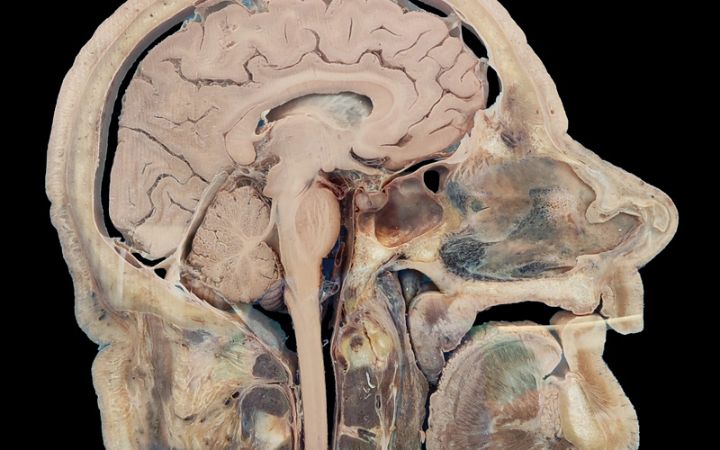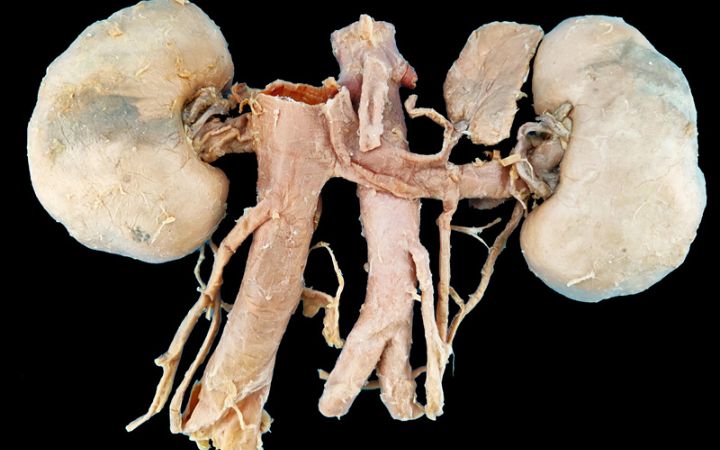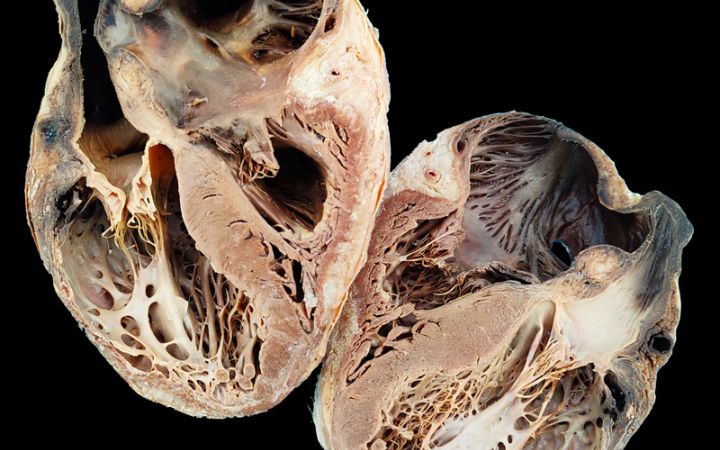Degrees and subjects studied in the osteotheque and dissection room:
Medicine:
- Locomotor system (1st year)
- Cardiorespiratory system (2nd year)
- Digestive and genitourinary system (2nd year)
- Neurobiology (2nd year)
Biomedical Sciences:
- Human Anatomy (1st year)
- Fundamental Neuroscience (3rd year)
Human Nutrition and Dietetics:
- Human Anatomy (1st year)
Nursing:
- Biological Foundations for Patient Care: Anatomy (1st year)
Physiotherapy:
- Structure of the Human Body (1st year)
Psychology:
- Structure and Function of the Nervous System (1st year)
Physical Activity and Sports Sciences:
- Applied Anatomy for Physical Activity and Sport (1st year)
Available materials in the osteotheque and dissection room:
Osteotheque:
Bones of the entire locomotor system
|
|
Anatomical models
|
|
Plastinated Specimens
X-rays and CT scans of the whole body |
|
Dissected Cadavers
|
